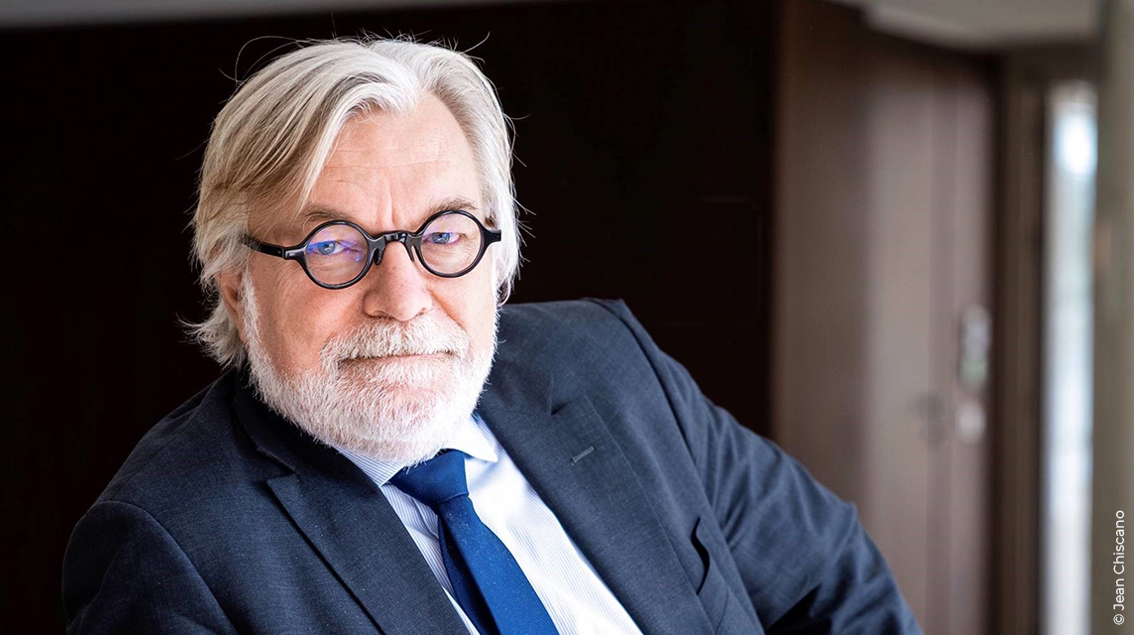The Fed raised its benchmark rate by 25 basis points. The fed funds rate will thus evolve in the 2.25 – 2.5% corridor. This rate level is close to the corridor, 2.5-3.0%, considered by the Fed as a long-term target. This is the 4th rise this year.
The central bank does not appear worried about the pace of the economy in the coming months. Growth will slow down somewhat in 2019, but the unemployment rate will remain close to its current level, beyond full employment. Inflation will be close to 2%. It is a little weaker than at the September meeting because of the drop in the price of oil.
The Fed said it could raise its benchmark rate twice in 2019. In September, at the previous meeting, it was considering 3 rises. The pace of oil prices and its effect on the inflation rate probably explain this lessening.
Why two further hikes: the economy still operates on a trend beyond full employment. This imbalance must be offset by a monetary policy that must become a little restrictive to avoid possible imbalances, currently not very visible but that could develop in the not too distant future. The economy has changed, but not so much that it can function too long beyond full employment without having consequences that are difficult to manage in the long run. In addition, the White House policy that fuels domestic demand is resulting in a rapid rise in imports (see here). Through a somewhat restrictive monetary policy the Fed must weigh on the demand and limit the external imbalance.

Philippe Waechter's blog My french blog

